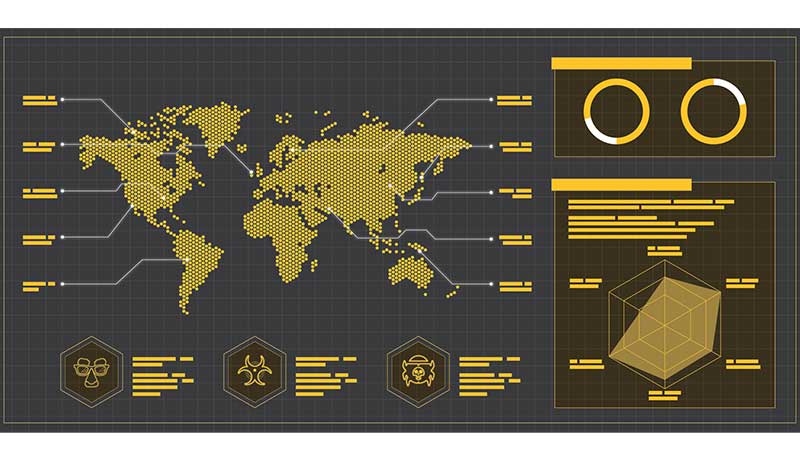
The xHunt campaign has been active since at least July 2018 and we have seen this group target Kuwait government and shipping and transportation organizations. Recently, we observed evidence that the threat actors compromised a Microsoft Exchange Server at an organization in Kuwait. We do not have visibility into how the actors gained access to this Exchange server. However, based on the creation timestamps of scheduled tasks associated with the breach, we believe the threat actors had gained access to the Exchange server on or before Aug. 22, 2019. The activity we observed involved two backdoors – one of which we call TriFive and a variant of CASHY200 that we call Snugy – as well as a web shell that we call BumbleBee.
The TriFive and Snugy backdoors are PowerShell scripts that provide backdoor access to the compromised Exchange server, using different command and control (C2) channels to communicate with the actors. The TriFive backdoor uses an email-based channel that uses Exchange Web Services (EWS) to create drafts within the Deleted Items folder of a compromised email account. The Snugy backdoor uses a DNS tunneling channel to run commands on the compromised server. We will provide an overview of these two backdoors since they differ from tools previously used in the campaign.
We will be providing an analysis of the activity associated with the BumbleBee web shell in an upcoming blog. That activity provides a glimpse into the threat actor’s tactics, techniques and procedures when interacting with compromised servers.
